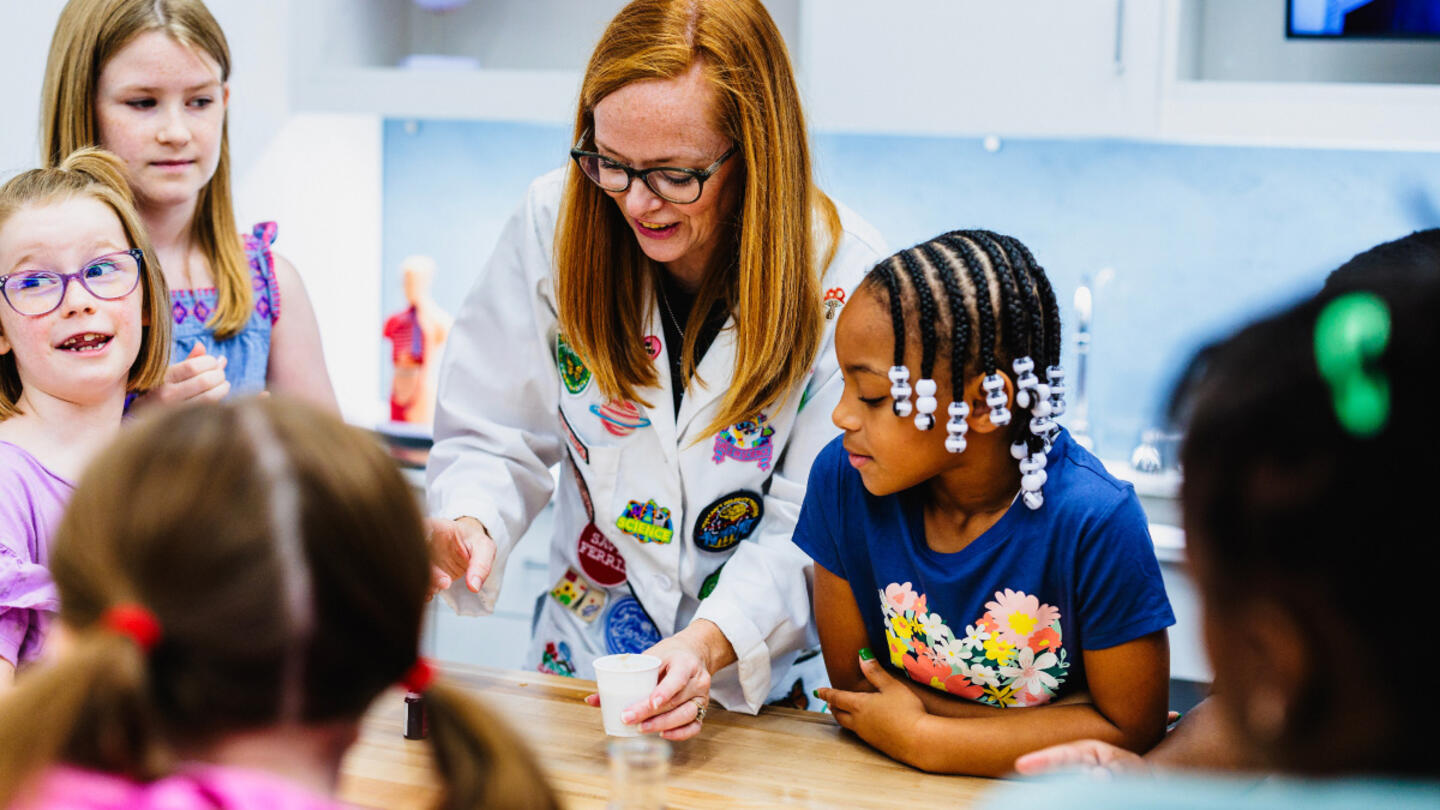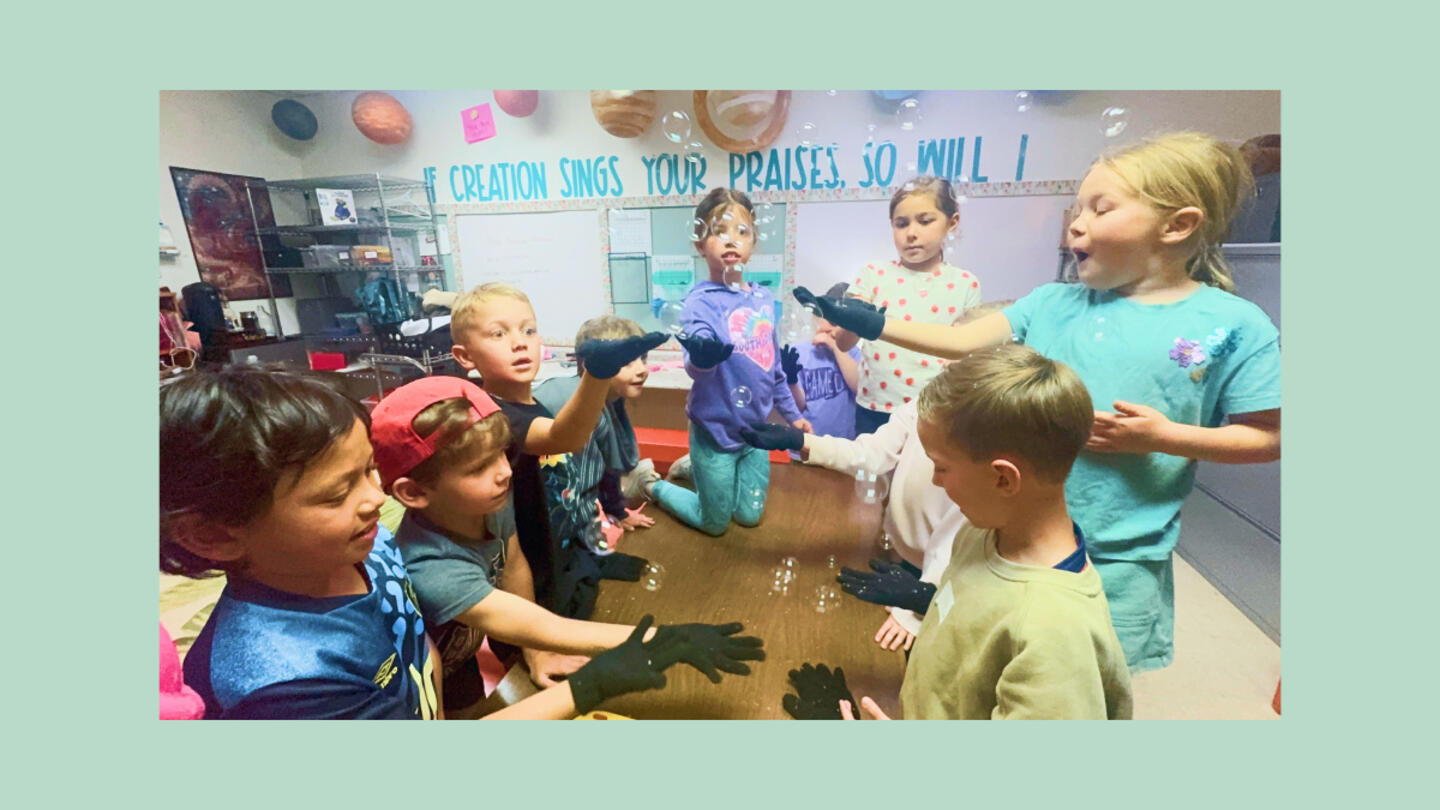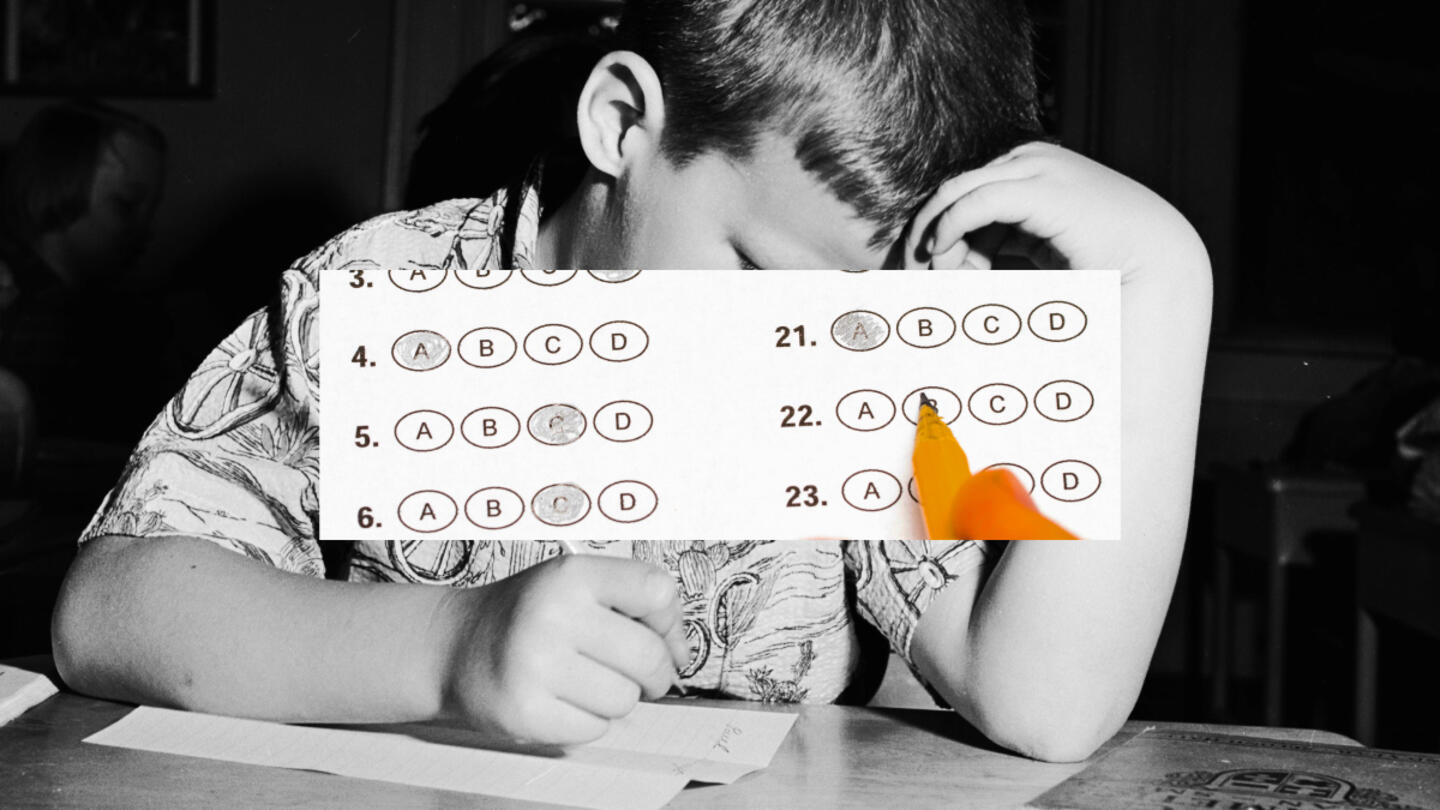Can welding a horseshoe count as a math test? At Northern Cass School in Fargo, North Dakota, the answer is a resounding yes!
The American education system has long been obsessed with tests, but have we stopped to ask if students actually benefit from them? With education’s heavy emphasis on standardized tests, it could be easy to assume that evidence supports the positive impacts of testing students — but no such evidence exists.
“Let’s blow up the system and give kids some control over their education,” proposed Dr. Corey Steiner, superintendent of Northern Cass School.
Stand Together journalist Justin Toops recently asked two crucial questions: Why do schools use high-stakes testing? And is there a better way to measure learning?
Looking for answers, Toops took a film crew to observe Northern Cass — a public school — and One Stone School — a private school run by students.
But first things first: How did we get here?
Standardized testing serves an outdated version of the U.S.
Where did standardized testing come from, anyway?
“I think it’s worth going back and looking at the history of standardized testing in the U.S.,” said Kerry McDonald, senior fellow at the Foundation for Economic Education. “It was really focused on obedience and compliance and order and efficiency.”
Standardized testing became popular around the same time as mass compulsory schooling. In mid-19th century America, testing and mass schooling composed the de facto education model for training youth to join the workforce of the Industrial Revolution. Testing data became a new standard for metrics to compare and rank schools — allowing schools to compete for students and funding.
But this model has a huge blindspot: It doesn’t recognize students as individuals.
“As this compulsory schooling spread throughout the U.S., standardized testing also spread with it, and it really creates this artificial version of learning,” said McDonald.
Testing can’t show whether students have internalized knowledge. Standardized testing has become a superficial way for U.S. schools to outperform each other — on paper. The fallout from this model continued for decades, pressuring teachers to deliver results at all costs and creating a culture of stress, anxiety, and depression among students.
Sign up for Stand Together's K-12 newsletter and get stories, ideas, and advice from changemakers who are transforming education across the country.
2001: The year that put the stress in tests
In 2001, the No Child Left Behind Act changed things — and not necessarily in a good way.
This new law introduced the idea of holding schools accountable for ensuring student “success” — measured via testing. With No Child Left Behind, the “customer” in education shifted from students in the classroom to government policymakers. It fell to educators, parents, and students to deliver results that would ensure schools continued to receive government funding.
“This supercharged standardized testing in the American schooling system,” said McDonald.
When NCLB was introduced, the United States was globally ranked No. 18 in math, No. 14 in science, and No. 15 in reading. There was a lot of pressure to get ahead of those numbers and increase student performance. But in real life, “holding schools accountable” turned into something way more impactful: punishment for schools if students’ test scores weren’t up to par.
Policymakers intended to incentivize improvement among educators, but the reality was that teachers could lose their jobs if students didn’t perform well on standardized tests. Teachers shifted their focus from student learning to test outcomes. Many educators even resorted to cheating or misrepresenting students’ scores.
In 2014, researchers found that 191 teachers in 70 schools across the Washington, D.C., area were falsifying students’ test scores, even going so far as to erase wrong answers and insert correct ones.
When the Every Student Succeeds Act was introduced in 2015, it appeared to offer welcome relief for both students and educators. A replacement for No Child Left Behind, ESSA eased many of the previous prescriptive requirements for measuring student success — but it still enforced testing and student achievement frameworks in schools.
It quickly became apparent that ESSA was essentially No Child Left Behind in a new package.
“Even though the No Child Left Behind Act was eventually replaced by the Every Student Succeeds Act, there is still this expectation of regular standardized testing,” McDonald said. “The downside of that is that it really created a culture of teaching and testing. Teachers and administrators were being held accountable to the government. It inevitably led to an environment in which teachers were teaching to a test, whether they wanted to or not.”
According to the National Institutes of Health, up to 40% of students experience testing anxiety. This overwhelms the parts of the brain used for reading, comprehension, and processing.
In other words: Instead of learning and retaining information, students’ brains are being rewired to focus on memorizing information solely for tests. The higher a student’s testing anxiety, the worse they’ll do, no matter how well they have learned the material elsewhere.
“It creates this culture of doing well on a test, whether or not you’re actually learning that information,” said McDonald. “Maybe you’re just being tested on it and being able to regurgitate for that test, and then you’re forgetting it.”
Obsession with test performance deprives students of the freedom to explore their unique goals, strengths, and learning styles.
“Standardized testing measures a very narrow part of the human experience,” McDonald said. “More and more parents are recognizing that, and they want an education system today that’s more reflective of the personalization that we enjoy in every other area of our lives but that’s been lacking in American education.”
Testing isn’t useless for measuring student learning. However, it only offers a snapshot of student comprehension and should be used as one of several methods for gauging understanding and mastery.
“I think that there’s no one right way of approaching education,” McDonald said. “I think that’s why so many parents are excited about these emerging, unconventional education models, [and] letting students’ interests and passions guide that learning model that’s not forcing young people into a standardized box.”
So, what are the alternatives?
In our next two articles, Toops visits seemingly impossible realities: a private school that demonstrates how to make report cards a thing of the past and a public school where state mandates and personalized education co-exist. Both show what might be possible if we move away from tradition and look toward a brighter future for every individual student.
What Toops and his crew discover could completely change Americans’ beliefs about what it means to learn — and the purpose of “school.”
One Stone School is supported byStand Together Trust, which provides funding and strategic capabilities to innovators, scholars, and social entrepreneurs to develop new and better ways to tackle America’s biggest problems.
Learn more about Stand Together’s education efforts and explore ways you can partner with us.
This piece is part one of a three-part series on school testing. Also see: Part two and part three.

This colearning space has the potential to bridge the divide between public and private education.

New Johns Hopkins data shows homeschooling’s recent surge has transformed the education landscape.
Step 1: Find the best learning environment for your child. Step 2? Figure out how to pay for it.

Here’s what happens when AI replaces teachers.
